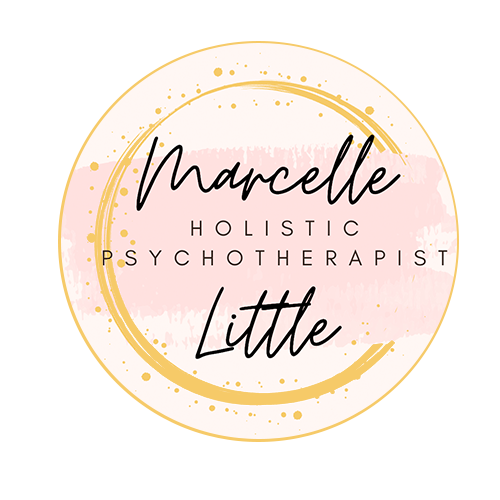What Are Practical Tips for Better Emotional Regulation?
Emotional regulation is a crucial skill that can significantly impact your overall well-being and mental health. By learning how to manage your emotions effectively, you can improve your relationships, productivity, and quality of life. In this blog, we'll explore some practical tips that can help you master emotional regulation.
Understand Your Emotions
Start by taking the time to identify and understand your emotions. Ask yourself what triggers certain feelings and how those feelings manifest in your behavior.
When you begin to understand your emotions, it’s essential to reflect on past experiences. Consider situations where you felt overwhelmed and analyze what emotions were at play during those moments. This self-reflection is critical to improving your emotional regulation.
Additionally, keeping an emotion diary can be remarkably beneficial. Write down daily emotions and the events that triggered them. Over time, you may start to recognize patterns and gain insights into your emotional landscape.
Recognizing emotions isn't just about identifying them; it’s about accepting them too. Allow yourself to feel emotions without judgment. This acceptance is the first step toward learning how to manage them more effectively.
Finally, educate yourself about different emotions and their purposes. Understanding that sadness, anger, and joy all serve specific functions can provide context to your feelings, making it easier to regulate them.
Practice Mindfulness
Mindfulness is the practice of being intentionally present with whatever arises in the moment, without judgment. Techniques such as meditation and deep breathing can enhance your awareness and give you the space to respond thoughtfully instead of reacting impulsively. By being present, mindfulness allows you to observe your thoughts and emotions without becoming overwhelmed, offering a moment of pause and clarity.
Simple practices, like focusing on your breath for a few minutes, can help ground you and bring you back to center. Another effective method is Yoga Nidra or body scanning, where you focus on different parts of your body, recognizing tension or discomfort as pleasant, unpleasant, or neutral sensations rather than placing value on them. This practice helps build emotional resilience and a greater tolerance for discomfort.
Incorporating mindfulness into everyday activities—whether through mindful walking, eating, or even showering—creates a habit of awareness that greatly enhances emotional regulation, keeping you centered throughout your day.
Implement Healthy Coping Strategies
Develop and utilize healthy coping strategies, such as journaling, talking to someone you trust, or engaging in physical activities like yoga, to help manage overwhelming emotions.
Journaling is a powerful emotional outlet. Writing about your thoughts and feelings can help you articulate what you’re experiencing and help you process those emotions more clearly.
In addition, consider reaching out to friends or family when you feel overwhelmed. Opening up to someone you trust can provide relief and perspective, making the emotional burden feel lighter.
Engaging in physical activities is another excellent coping strategy. Exercise releases endorphins, which naturally elevate your mood. Even a short walk can work wonders for your emotional state.
Finally, consider exploring creative outlets like painting, playing music, or crafting. These activities can be therapeutic and allow you to express emotions that are difficult to articulate.
Coming Back To Center - CBTC
In my practice, I integrate emotional regulation through a mindfulness technique I created called CBTC, or "Coming Back to Center." This simple yet powerful approach helps you feel more connected to your inner self while staying aware of the external world. The process begins with grounding, which centers you in the present moment. Next, CBTC guides you to tune into your internal world, and finally, it shifts your focus outward, helping you maintain balance between your inner and outer experiences.
You can find a free meditation on my resources page to practice CBTC. This method is highly effective in regulating your emotional state, preventing your energy from being drawn outward and entangled in others’ emotions. Instead, it encourages calmness and self-focus, giving you permission to prioritize your own emotional well-being.
Wrap-Up on Emotional Regulation
By practicing these tips, you can enhance your emotional regulation skills and live a more balanced, fulfilling life. Remember, emotional regulation is a journey that requires patience and practice. Be kind to yourself as you work towards becoming more aware of your emotions.

